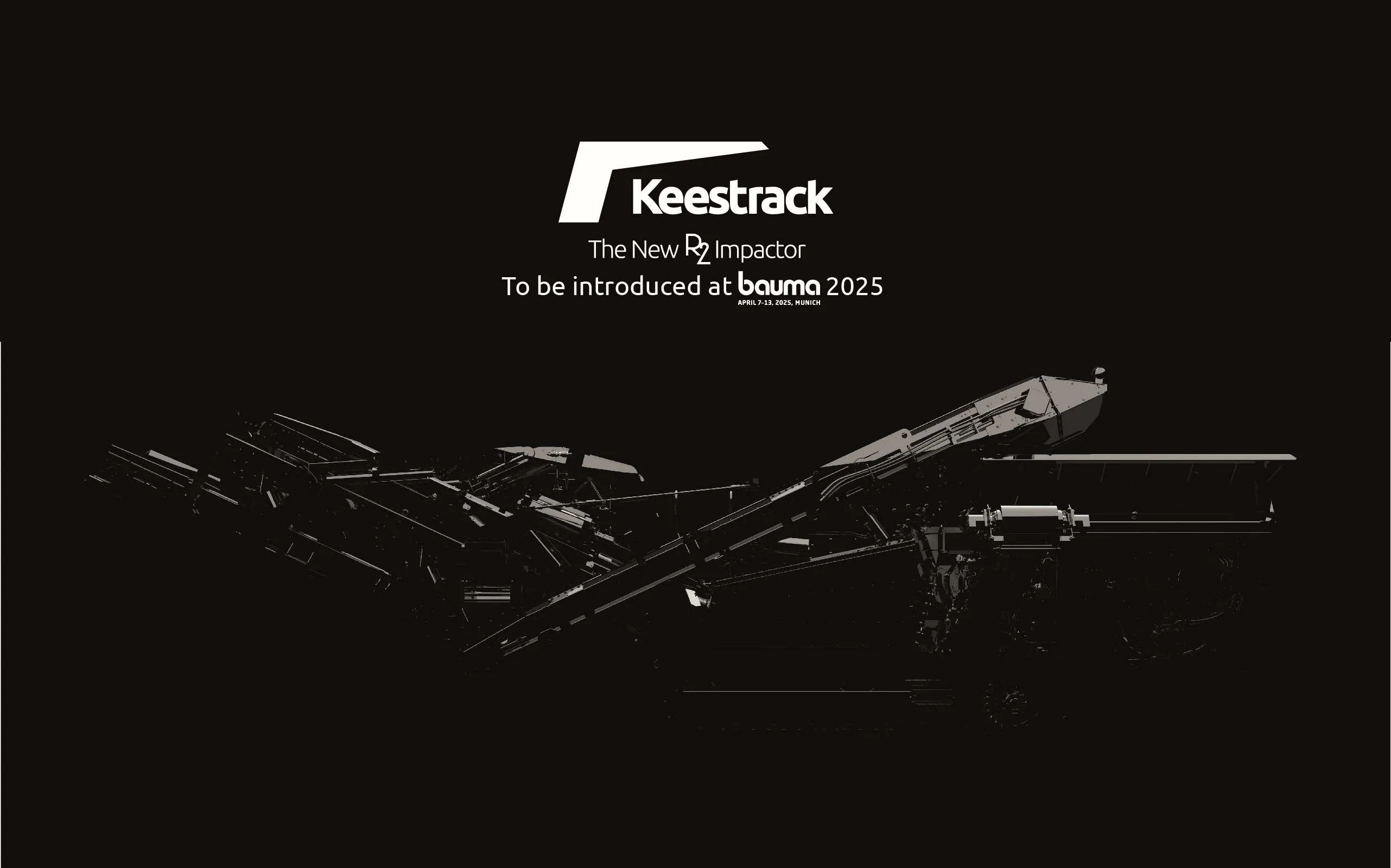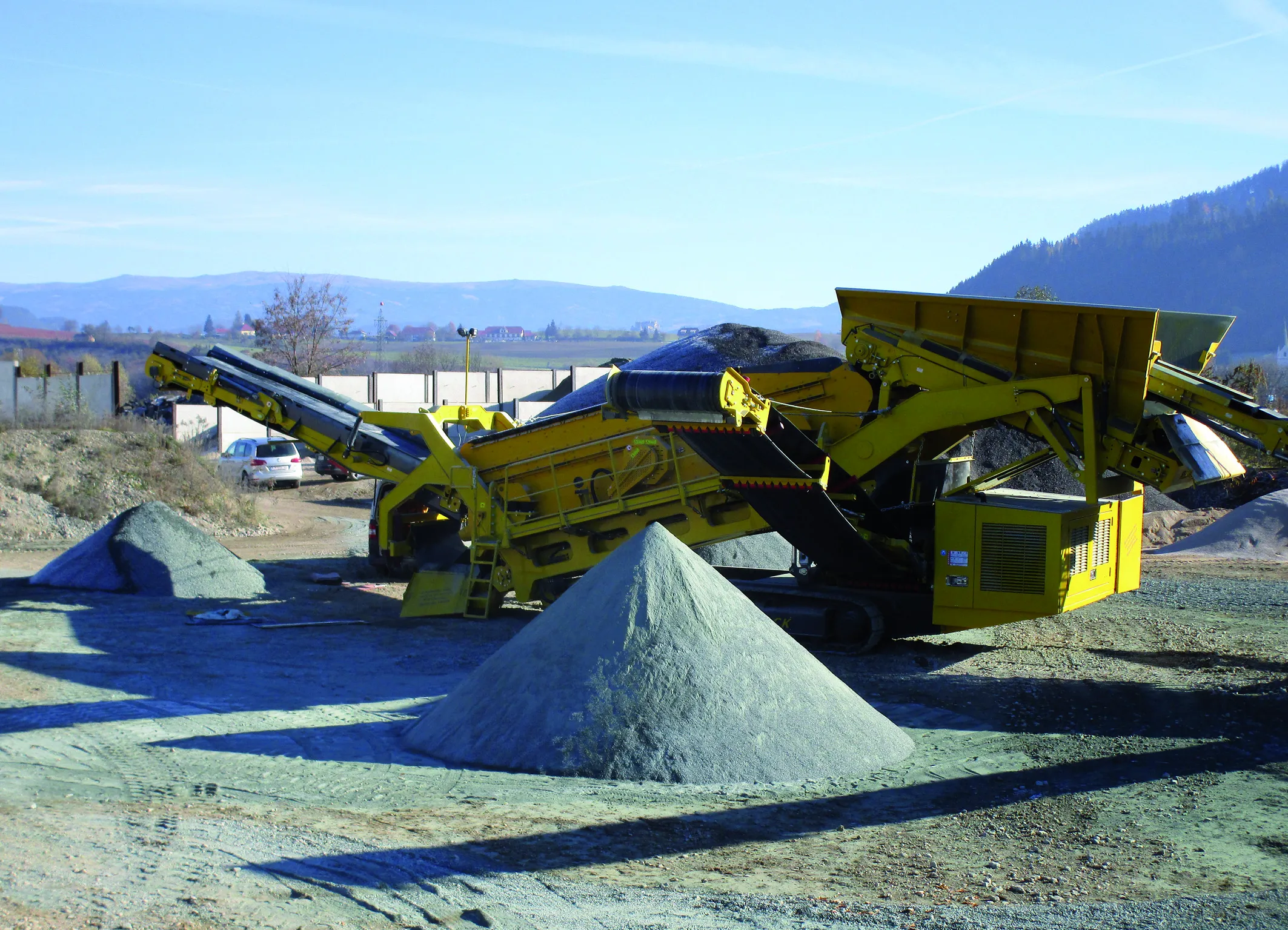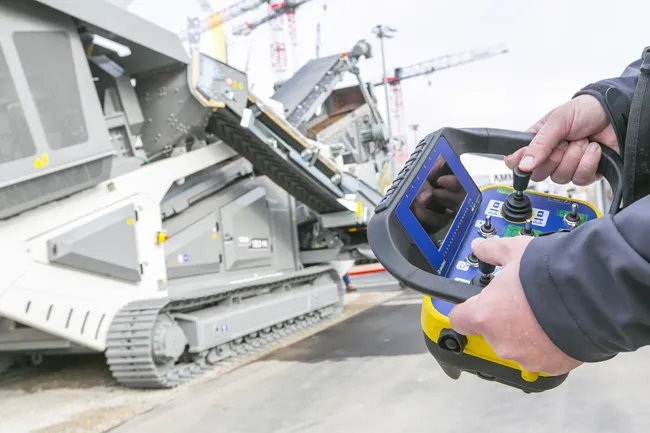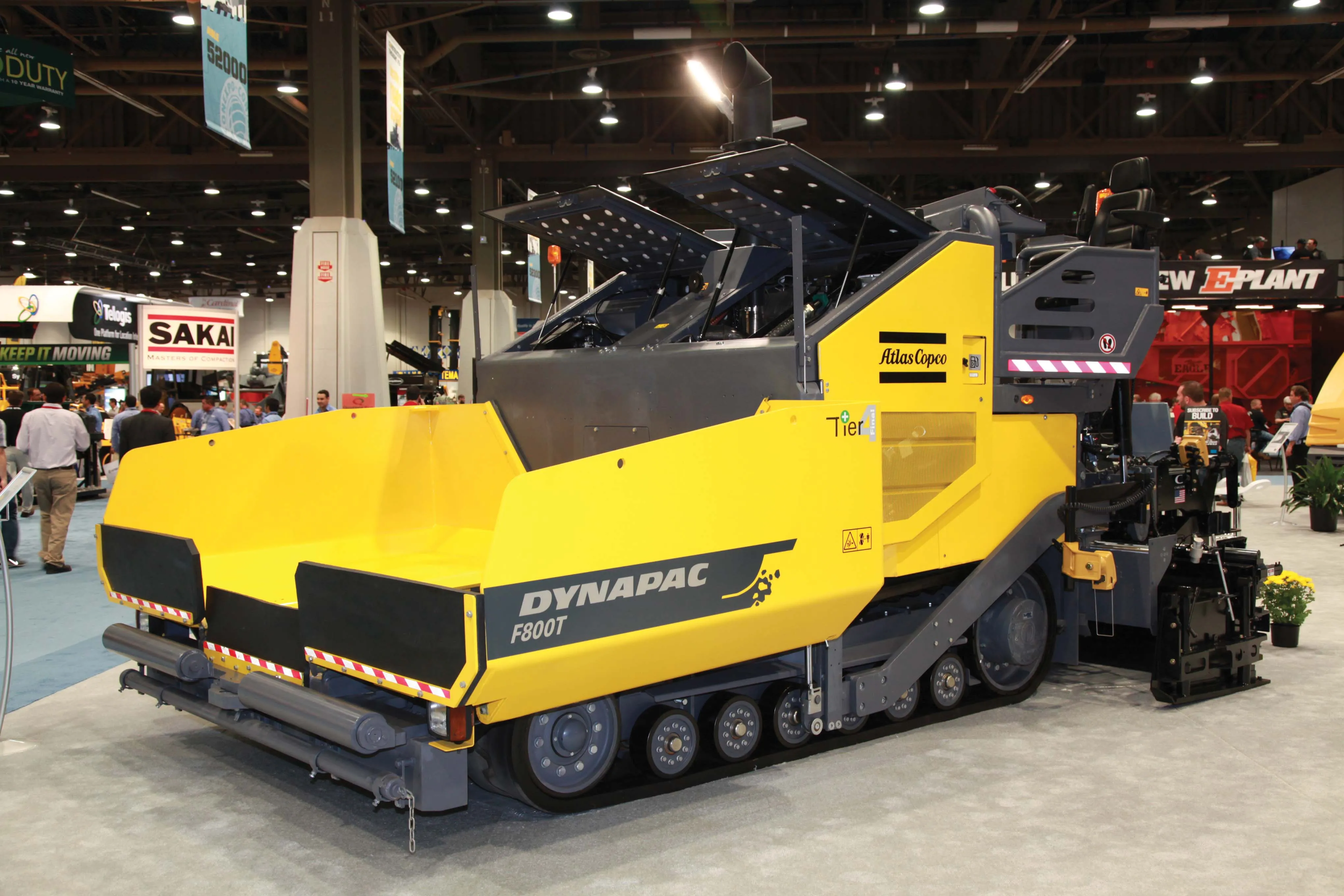
Keestrack says that its latest R2 impact crusher is available in both full electric ZERO, and conventional diesel/hydraulic drive variants.
This highly mobile machine is mounted on tracks, allowing it to be deployed quickly while its compact size means it can be operated on sites where space is at a premium.
The R2 can be used in city centres where high versatility and mobility are essential and with its electric plug-in drive, can be used in areas with restrictions on engine exhaust emissions. The new impactor has a capacity up to 150tonnes/hour and shares many features with the firm’s larger and well proven R3 impactor.
The R2 has a 3m³ hopper with an integrated vibrating feeder measuring 3300 x 810mm and pre-screen measuring 1250mm x 810mm. The machine has an asymmetric design to feed the material easy into its 860mm x 730mm inlet, which features a replaceable entry beam.
The newly designed rotor has a width of 840mm and a diameter of 920mm and is made of Hardox steel for long life. The rotor has the same design concept as the bigger R3, R5 and R6 and is designed to minimise wear. Rotor speed can be adjusted by a hydrostatic drive to optimise product size. The impact aprons can be serviced from the top which eases maintenance.
The R2 impactor can be matched in closed circuit with a 1200mm x 3040mm single deck after screen, magnet separator and windsifter but with a total weight less than 27tonnes and a transport length of 13m, easing transport. The return conveyor of the closed circuit can also swivel outside to be used as a stockpile conveyor for oversize. Maintenance needs are low with drive and return drums being greased for life.
The diesel/hydraulic R2 version is driven by the new Deutz TCD 5.2 L4 engine, which is very efficient, powerful and clean. It meets Stage V and Tier 4 Final emissions requirements and is able to run on biodiesel. The ZERO drive electric R2 has no combustion engine.








